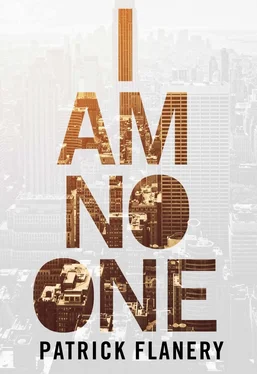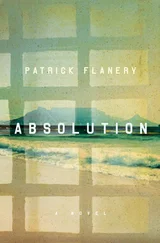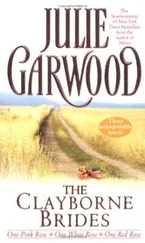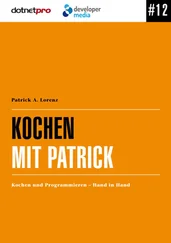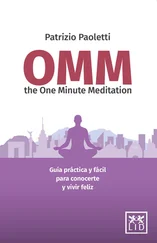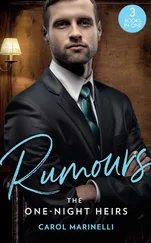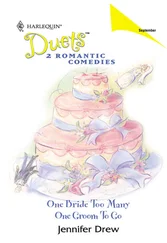I opened the flaps of the box on my coffee table and realized on catching sight of the contents that it was some kind of file carton, because it contained an unbroken stack of 8½ × 11 sheets on which were printed, in dense, single-spaced type, thousands upon thousands of web addresses. At first I thought the top layer of paper might conceal something else beneath, but as I paged through — there must have been twenty-five hundred sheets of paper or more — it was all the same, one address after another, separated only by a comma and a space, no returns, no paragraph breaks. I thought there might be some kind of message, though I did not at first look at each page individually; that was a process that took parts of a few days. There was no message, however, and it was only later that I would understand the full significance of what was before me. Some of the addresses were familiar — websites for newspapers and magazines — while others meant nothing to me, or seemed to have been composed almost entirely of numbers and a random assortment of characters. It was a puzzle, but because there was no message, no explanation, it was one that only a small part of me had any interest in tackling. My mind is not the puzzling kind, it takes no joy in crosswords or number games, I have never been a card or chess player, I would much rather read a book or watch a movie to make the time pass. I assumed it must be an error, that whatever this list of addresses might be it had nothing to do with me. I put the pages back in the box, closed the flaps, and slid it under a side table.
So I switched on the television and by chance happened upon Francis Ford Coppola’s The Conversation , which I am teaching on my senior seminar later this semester. Since I had not watched it recently, I slumped into the couch with that satisfying relaxation that comes from finding the kind of distraction which can be relied upon to last for two hours and lull one gradually towards sleep. I had first seen The Conversation as a boy, and it was possible to imagine that it might then have put me to sleep, at least in the beginning, because it starts slow and even when the pace begins to pick up and Hackman flushes the toilet, which overflows with blood, it remains deeply adult in the sense that it is a sober vision of the consequences — psychological as much as tangible or physical — of snooping, consequences so profound that the snooper becomes the snooped upon, driven crazy by the skill he has perfected when it is turned against him. It had been some years since I last saw the film and in the interim I had watched Das Leben der Anderen , which now seemed to me to be engaged in a subtle conversation with Coppola’s film, the two main characters isolated men working for institutions or corporations that are somehow distant, if only in the minds of the men, who seem to hold themselves at arm’s length from the higher echelons of their respective organizations, listening to the people they have been charged with monitoring before finding, at some point late in each film, that all they thought they knew and understood, all the received wisdom that has supported their appreciation — perhaps even passion — for the work they undertake, is held together with little more than the illusion of some higher moral purpose, its bankruptcy disguised and defended by cultures of fear that they both, too late, discover at great risk to themselves. Florian Henckel von Donnersmarck’s film, like Coppola’s, presents its subject, the man charged with surveillance, as a species of obsessive monk who has discovered a vocation in monitoring the lives of others — targets who may or may not be innocent, whose guilt, if indeed they are guilty, occurs only because the laws are themselves so ludicrous or, in the case of Coppola’s film, because of a dark conspiracy, though the work of the Stasi could itself be judged a sort of dark conspiracy, however virtuous the organization might have believed its mission to be. Gradually he cultivates his work into an art, a private virtuosity, but one that only he can fully appreciate. In contrast, Gene Hackman’s character, Harry Caul, is paranoid about defending and policing his own privacy.
The broadcast of The Conversation was part of a double bill on whatever channel I was watching, and as Coppola’s film ended and Antonioni’s Blowup began, I ordered out for Vietnamese food and decided to settle in for the evening, trying to take my mind off the appointment with the doctor scheduled for the next morning. Ordering takeout, the ability to get whatever you want at almost any hour delivered to your door, has been one of the great pleasures of returning to New York. The food came well before the scene where David Hemmings blows up the photographs taken in the park, enlarging and re-enlarging until the images lose all definition, pixelating before pixels existed in photography, becoming a field of indecipherable grain right at the moment when they are about to reveal the full horror of what he, the photographer, has captured, which is to say, Vanessa Redgrave’s participation in a plot to kill a man, just as Cindy Williams, a few years later, played her own white-bread-American-hotel-room murderess. I noticed for the first time that at the beginning, when we first see Hemmings, we know nothing about his character. Having left the doss house in disguise, he goes to his car, and as he drives he speaks on a radio in a way that suggests he might be a spy or an undercover police detective; it is only gradually that we realize he is nothing more sinister than a photographer, another kind of spy. In his white jeans and blue shirt and hard-soled shoes he has a poisonous yet angelic beauty, a charisma I long tried to emulate, believing it might be the key to attracting the rather brittle young women I so often desired but who seemed, in my youth, oblivious to my bookish charms. The barely clothed models he abuses become a metaphor for surveillance, offering glimpses of what we (or what Antonioni) think we want to see, those expanses of exposed skin drawing attention to the dominance of the photographer’s voyeuristic gaze, standing in for the gaze of the audience, the viewers viewing the viewer viewing the viewed.
As I watched Hemmings mince through dingy South London I indulged in my food, I ate sloppily, I enjoyed seeing those 1960s British models mess around topless in lengths of colored paper. The weird oral fixation Redgrave seemed to betray as she tried to make Hemmings give up the film he had shot was more powerful than I had remembered, her fingers always flying to her mouth, and perhaps it was on account of Caroline Fogel’s comment from dinner the previous night but I remembered how, in James Ivory’s adaptation of Howards End , Vanessa Redgrave raised her hand to her mouth as she told Emma Thompson about the pigs’ teeth in the tree at the eponymous house, and how that gesture, her middle finger tapping her teeth, had always struck me as so profoundly erotic as to be almost obscene, quite out of place in the world of Edwardian England. Perhaps that was the point, however, that sex was erupting everywhere, even from beneath the bark of the trees themselves, and in the almost subconscious gestures of the nouveaux riches.
The mimes playing their fantasy tennis game at the end of Blowup were a disappointment, as they were every time I had ever seen the picture, but unlike some of my friends and colleagues who insist it has not stood up well over the years, I remain convinced that Blowup achieves greatness precisely because it is so unquestionably of its particular moment: like The Conversation , it tells us a great deal about the psychological preoccupations and mania of those decades, the ways in which surveillance, undertaken for intelligence gathering as well as other more nefarious purposes, was beginning to work on the collective unconscious of the movie-going public.
Читать дальше
